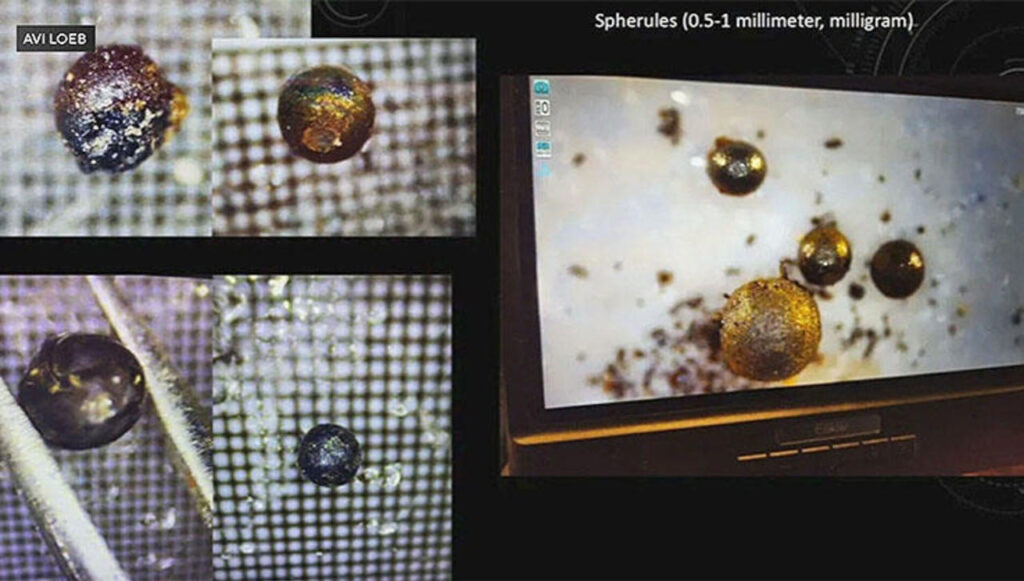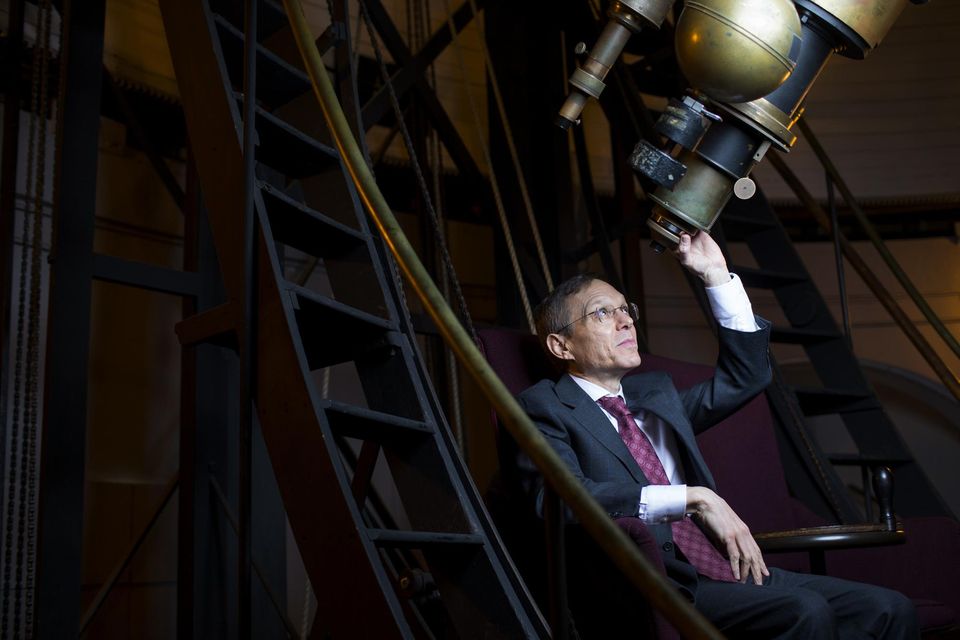What happens when a space stone crashes into the waters of Papua New Guinea? Nothing. A lot of them fall. If that pebble comes from another solar system, however, and ends up in the sights of Avi Loeb, professor at the prestigious Harvard University, it could hide some surprises. And what a surprise: the academic claims to have even discovered traces of alien technology.
The Mysterious Meteorite
Loeb is no stranger to blatant statements. We have collected others on the occasion of the passage in our solar system of First, an interstellar object that the professor hypothesized could be some sort of extraterrestrial space probe.
Last year, Loeb announced the intention to recover the fragments of a meteorite, CNEOS 2014-01-08, which crashed into the Pacific Ocean 9 years ago. “The US Space Command has confirmed with a 99,999% certainty that they come from another solar system,” he says.
The rest is news: Loeb and his team got indications of a "landing" area with a radius of about 10 kilometers, and they set out to search.

Space treasure hunt
Loeb and his team approached the challenge with scientific method and a spirit of adventure. Using a boat called Silver Star, have been scouring the area for months (here on the Harvard website find some material) and sounded the seabed with a system of magnets, as if they were looking for a pirate treasure.
And they say they have found the treasure.
“We found ten spherules. They are almost perfectly spherical, like small metal marbles. Under the microscope they appear very different from the rest. They have golden, blue, brown colors and some of them even look like small copies of the Earth.”
Alien technology?
The composition of these spherules is truly intriguing: 84% iron, 8% silicon, 4% magnesium and 2% titanium, as well as other elements in much smaller quantities. This composition differs significantly from that of terrestrial meteorites, which usually contain a much smaller percentage of silicon.
The small, sub-millimeter-sized spheres are tougher than any space rock previously cataloged by NASA.
For Loeb, these characteristics could indicate that these are not simple meteorite fragments, but something larger, perhaps a device created with alien technology. “It could be some kind of spacecraft, something similar to the Voyager probes launched by NASA.”
In light of these discoveries, the starry sky above us seems a little less empty, don't you think? Who knows, maybe one day we will greet our stellar neighbors as they take a walk on the Harvard lawns.


